print24 introduces the young designer
print24 introduces the young designer
The freelance illustrator Meike Teichmann creates designs for children’s and youth books, covers and a lot more. Doing this she works both digitally as well as non-digitally. We drew a few tips from the talented artist. In case you are interested, you can immerse into Teichmann’s world of fantasy on her Homepage after reading the interview. There are a lot of nice things for the visitors in the “Nimm’s mit” area.
Most of your work is characterised by a design particularly suitable for children. Why?
I think the reason for this can be found a whole way back. During my childhood I got acquainted with wonderful books! Picture books, children’s books, storybooks. I read a lot, I looked and I discovered. That’s where my inspiration may have come from, creating things for children as an adult. Standing out from the crowd is one of my aims, as well as creating a happy and positive mood, which basically makes people smile.
Apart from that, the imaginatively created characters attract the reader’s attention.
The inspiration for these characters does not have a special basis. I’m reading something, someone presents an issue to me, or I’m looking at other artists’ and illustrators’ works and all of a sudden the wheel in my head starts turning. Then I start brainstorming, I see images and begin to think in many different directions. Fantasy basically has no limits. Pigs start to fly when I feel it fits the topic or situation. That’s what makes this job so fascinating. Everything is possible!
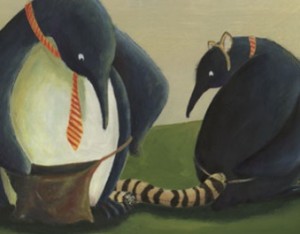 Animals are a frequent theme. Does this have a certain reason?
Animals are a frequent theme. Does this have a certain reason?
I like animals a lot, I grew up with them and every now and then animals seem to be a little more honest and also simpler than human beings. This might be a reason. It’s certainly also the humanisation I like. A bear with pants and suspenders is as appealing to me as is a frog with an inch rule, who measures the legs of a millipede. And here we are again: I’m doing it because it’s working.
On your website you’re describing that you’re working non-digitally most of the time. How do you approach a new project?
I’m working with acrylic paint, little or no water and 190 gsm paper. The paper is primed, for which I put it on a solid basis, as it would become rippled if I didn’t. This priming regularly remains visible as the background. I often intend the visibility of the brush strokes. Then the motif is put on the priming in several layers. If the project is too complex, I do the sketch with a pencil. There is almost always a sketch with a determination of the composition and a development of the characters. I like holding a brush, seeing what I create on paper, seeing the brush strokes at a later stage, the colour transition, the small coincidences, which I don’t want to control. The whole impression can very well be “imprecise”, as a stroke of the brush exceeds the frame. I like this kind of looseness, it characterises my style.
Which advantages result from working digitally?
A big advantage when working digitally is of course the speed and the possibility to correct things instantly, which is not possible when working non-digitally. I also need sketches for this kind of work, they are scanned and subsequently they are edited on the computer. What comes out of that are vector data. I don’t have to work with layers here and there is an outline, which I usually don’t work with. Frequently I think that my initial scepticism was unnecessary: my style also works digitally. It looks very different that’s true, but it’s still me. That’s important!
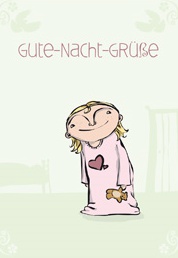 How would you describe your philosophy?
How would you describe your philosophy?
It’s nice to stir the fantasy; that’s what I want to achieve in others. Besides I always try to make the people I meet smile, so that they are distracted from their day-to-day lives a little.
Concerning your digital work: Which programs do you use? Do you have any tips for our readers?
I’m working with Adobe Illustrator CS4 on a Mac. I approach a new piece of work by opening the sketch, reducing and blocking the layer in the opacity. Subsequently I start with the outlines in the next layer and I trace the sketch. Therefore I’m using the graphic tablet and the crayon tools. Even my outlines are really areas, not only contours. If you press “Alt”, the path will close at the end and you can easily print it at a later stage. As I draw the outline by hand, it becomes imprecise, jagged and loose – exactly the way I want my illustrations to be.
Beneath the layer for the outline, I create a further layer for the areas. Block all layers which you won’t use – this makes your work less complicated. Besides you can magnetise the paths, so that finding the exact initial spot of the next path or adjusting areas is a lot easier. By using the Pathfinder you can assemble areas or detach them. The shortcut Apple comma hides the auxiliary lines. Group certain paths, if you certainly know that they will remain as they are. However the most essential thing when working on the computer: save your work!
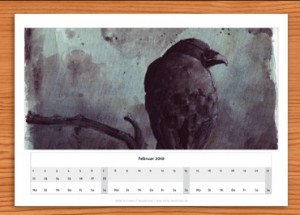 Are there certain things you have to keep in mind when starting to work as a freelancer in graphic design? Are there special things for beginners?
Are there certain things you have to keep in mind when starting to work as a freelancer in graphic design? Are there special things for beginners?
It didn’t take me long to realise that although university conveys a lot of skills and knowledge, it doesn’t cover the complex issues not related to illustration. The legal situation, rights of use, how do I negotiate contracts, do I have to negotiate them at all, taxes, acquisition: I taught these things to myself mostly, I asked people and I learned by experiencing things. Thus I advice everyone to start learning these things as early as possible. If you don’t learn these things during your studies, learn them in your free time. Without a single idea of these things, you simply cannot start working in that job; they really are a big part of it. Don’t forget to network – almost nothing works without relations. Networks are tremendously important! All of a sudden someone hears something from someone else and this someone remembers you.
Do you have a specific project, which you would really like to become alive?
At the moment I really want to publish my own children’s book. The perspective is quite good, but there’s still a long way to go. Besides that, I’d like to illustrate children’s books on a permanent basis. However, my skills are not limited to the children’s books branch.
Are there any other artists who inspire you?
I like Franz Marc. His way of painting is fantastic, his motifs as well as the simplicity of the shapes. Impressions from his work are certainly saved in my head. It’s not the way I work, but I definitely like the style. Regarding illustrators, I really like Sabine Wilharm, who also illustrated the German Harry Potter books, and Wolf Erlbruch, whose illustrations I find marvellous – his characters are simply charming and funny. His way of sectioning the page is great, as he is often working with free spaces, contrasts and tension. I’m a true friend of free spaces, allegedly empty areas, followed by a shape, which contains a lot of action. I like this diversity on a page.
Meike Teichmann offers the visitors to her website some exciting and free „Goodies“. Have a look!
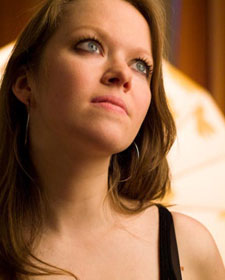
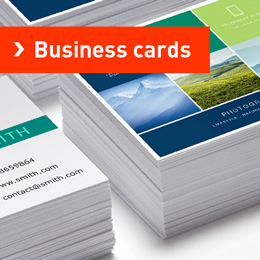
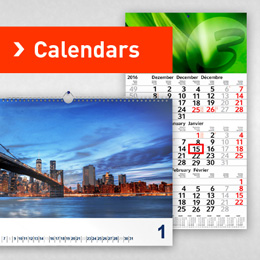
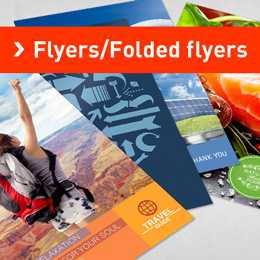
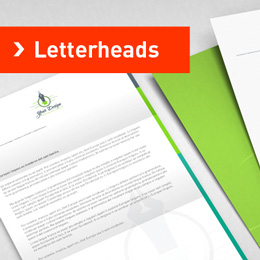
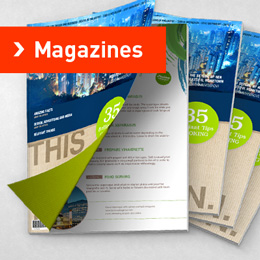
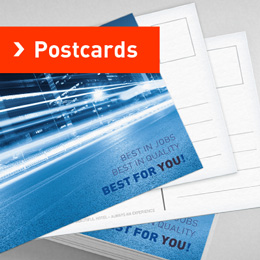
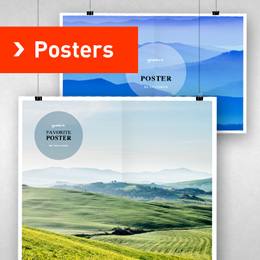
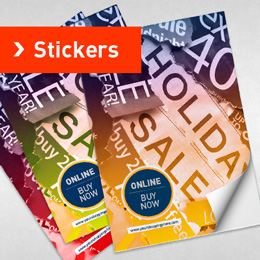

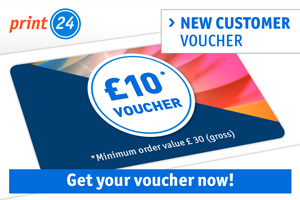
Meike Teichmann has garnered great reputation as a youth books writer. well, im kinda partial to both her books and her. lolz….